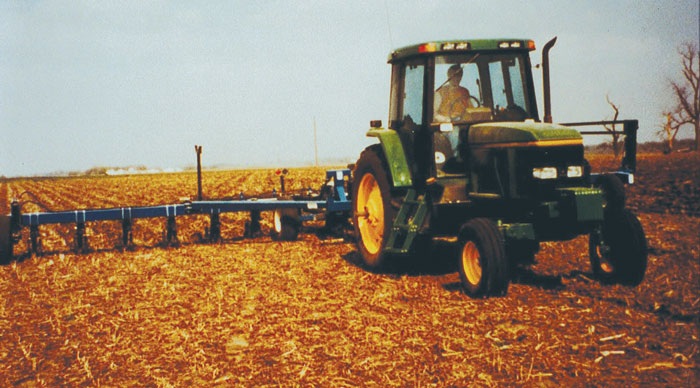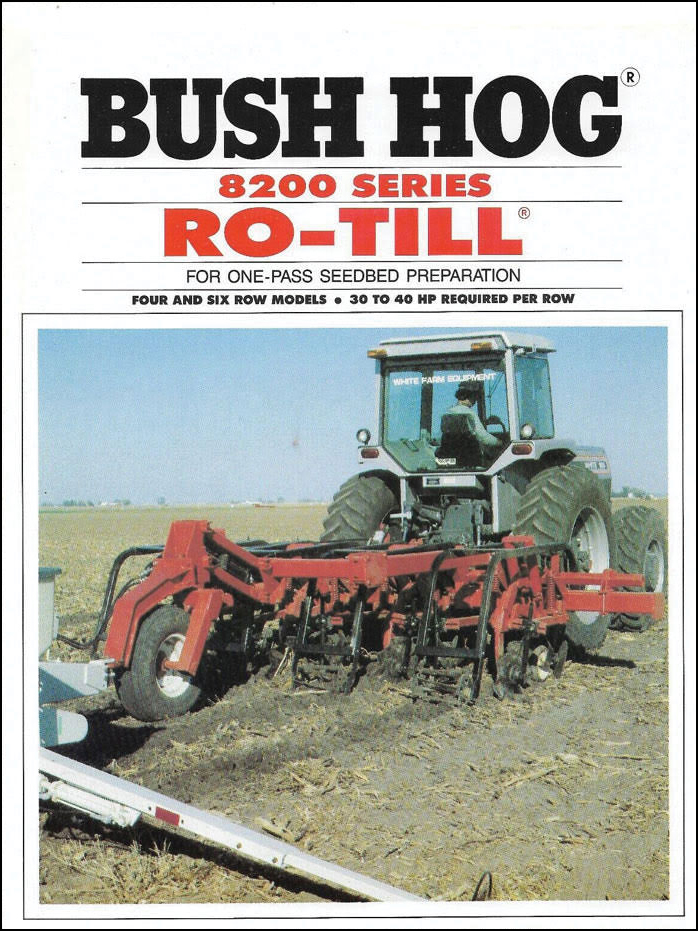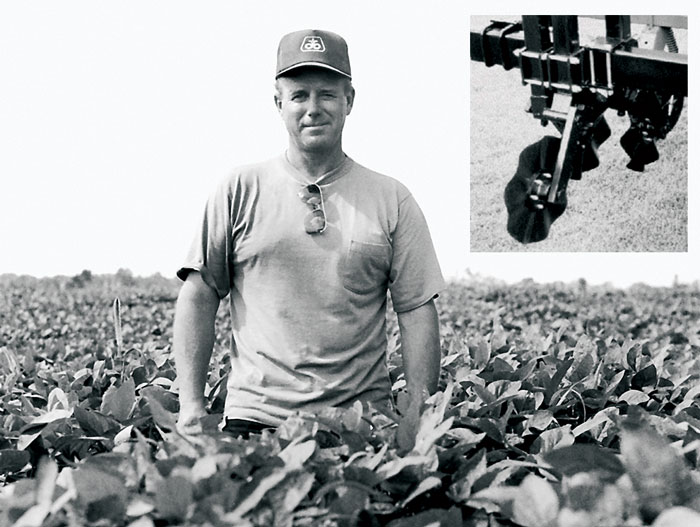Mike Petersen has “forgotten more about strip-till than most will ever know,” one of his longtime co-workers said recently. The former NRCS soil scientist based in Greeley, Colo., has studied strip-till for nearly 40 years. While strip-till is a cornerstone of the conservation tillage movement, it’s hard to credit a single person with its creation, Petersen says.
“Strip-till has been kicked around since the early 1980s,” he says. “Rich Follmer, Jim Kinsella, Ray Rawson, Lynn Flaming, John Bradley, Floyd Bridger, Leo Hardin and Max Carter were some of the pioneers who birthed strip-till. Those guys are all fathers of the practice.”
Grandfather of Strip-Till
Rich Follmer is considered by many to be the “grandfather of strip-till.” In 1988, the Hudson, Ill., farmer and founder of shortline manufacturing company Progressive Farm Products designed the first commercially successful strip-till rig for Midwestern no-tillers struggling with cold soils and low corn yields due to poor stands.

RICH HISTORY. Looking for a way to preserve residue while also tilling a small area to prepare the seedbed, Hudson, Ill., farmer Rich Follmer is credited with creating the first commercially successful strip-till toolbar in the late 1980s. Image: strip-till farmer
“We went into production in 1992,” Follmer says. “The yield results were tremendous. We had to figure out what to call it, and the only thing we could think of was strip-till.”
Precursors
The strip-till timeline extends back to the mid-1970s in Alabama, where brothers Leo and Jerril Hardin developed the Ro-Till machine. Marketed in the South under the name Brown-Hardin, it hit the Corn Belt in 1984 as the Bush Hog Ro-Till.

RO-TILL. Marketed as Precision Applied Tillage (PAT) in 1984, the Bush Hog Ro-Till, developed by Alabama farmers Leo and Jerril Hardin, is considered the forerunner of today's strip-till rigs. Image: Farm Equipment
Leo Hardin was quoted in a 1984 Farm Show article, describing Ro-Till as “the only system that creates an ideal, deep-tilled seedbed for every row, leaving the middles undisturbed.”
Although it didn’t reach the same level of commercial success as Follmer’s mid-mount, dual placement toolbar, the Bush Hog Ro-Till is viewed as the forerunner of strip-till rigs.
Around the same time, another precursor to strip-till was occurring up north. Ray Rawson developed the zone-tillage concept on his farm in Farwell, Mich. The system featured 3 coulters, 1 mounted in front of 2 other coulters, running ahead of each planting unit to provide a narrow-tilled area that led to what Rawson felt was an ideal seedbed.
Rawson’s zone-till system led to Brillion Iron Works and Unverferth Mfg. marketing several of the reduced tillage inventions that came out of his farm shop. Strip-till is considered a modified form of zone tillage.

FATHER OF ZONE TILLAGE. The late Ray Rawson developed the zone tillage concept in the 1970s. Considered an early version of strip-till, it expanded the size and depth of the root zone while preparing an effective seedbed. Image: Frank Lessiter
Strip-Tilling No-Tillers
In 1993, Cliff Roberts of Kentland, Ind., gave hundreds of no-tillers their first taste of strip-till at the inaugural National No-Tillage Conference (NNTC) in Indianapolis.
“Building strips in the fall leaves a mound of soil in the row area that remains 5-7 degrees warmer than the surrounding soil,” the strip-till pioneer told the audience.
Two years later at the 1995 NNTC, Follmer introduced his invention to the crowd. After his presentation, he spent 4 hours in the hallway fielding questions about strip-till.
No-till purists pushed back initially, claiming strip-till disturbed soil and didn’t protect residue. But Follmer knew he was on the right path when fellow central Illinoisan Jim Kinsella jumped on board.
“I knew we hit a home run when Jim Kinsella adopted strip-till,” Follmer says. “He was a no-till purist, but adopted the strip-till system after he visited our factory in 1992. ”
“With strip-till, we still get all the soil health benefits of no-till, but we also warm the seedbed,” says Kinsella, who was inducted into the Strip-Till Hall of Fame alongside Follmer in August 2023. “Strip-till really is the best of both worlds.”
The 2024 No-Till History Series is supported by Calmer Corn Heads. For more historical content, including video and multimedia, visit No-TillFarmer.com/HistorySeries.








Post a comment
Report Abusive Comment